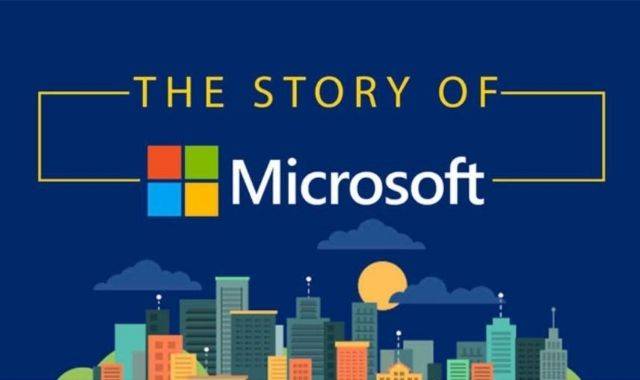From Microcomputers to Global Dominance: A Journey
through the History of Microsoft
Microsoft Corporation is a technology company that has
played a significant role in shaping the modern computing landscape. Here is a
brief history of Microsoft:
Founding and Early Years (1975-1980): Microsoft was founded
by Bill Gates and Paul Allen on April 4, 1975, with the vision of putting a
computer on every desk and in every home. Initially, the company focused on
developing programming languages and software for microcomputers. Their
breakthrough came in 1980 when they secured a contract with IBM to provide an
operating system for their personal computer (PC).
MS-DOS and Windows (1981-1995): Microsoft's MS-DOS
(Microsoft Disk Operating System) became the standard operating system for
IBM-compatible PCs. It was a command-line interface that provided a foundation
for running software applications. In 1985, Microsoft released Windows 1.0, a
graphical user interface (GUI) operating system that introduced features like
multitasking and the use of a mouse.
Rise to Dominance (1995-2000): Windows 95, released in 1995,
was a major milestone for Microsoft, introducing significant improvements to
the user interface and providing native support for internet connectivity. This
marked the beginning of Microsoft's dominance in the PC operating system
market. The subsequent releases of Windows 98 and Windows 2000 further
solidified their position.
Expansion into Software and Services (2000-2010): In the
early 2000s, Microsoft expanded beyond operating systems and began focusing on
software development and services. They introduced the Microsoft Office suite,
which included applications like Word, Excel, and PowerPoint, becoming the de
facto standard productivity software for businesses and individuals. Microsoft
also ventured into the gaming industry with the release of the Xbox console.
Windows XP, Vista, and 7 (2001-2010): Windows XP, released
in 2001, became one of the most popular and widely used operating systems. Its
success was followed by Windows Vista in 2006, which faced mixed reviews.
However, Microsoft regained ground with the release of Windows 7 in 2009, which
was well-received for its improved performance and user experience.
Cloud and Enterprise Focus (2010-Present): In recent years,
Microsoft has shifted its focus towards cloud computing and enterprise
services. They introduced Microsoft Azure, a cloud computing platform, and
Office 365, a cloud-based subscription service for the Office suite. They also
released Windows 8 and Windows 10, bringing significant improvements to the
operating system.
Diversification and Acquisitions: Microsoft has expanded its
reach through various acquisitions, including LinkedIn, GitHub, and Mojang (the
company behind Minecraft). They have also ventured into hardware with products
like the Surface line of tablets and laptops.
Today, Microsoft continues to innovate and offer a wide range of products and services, including operating systems, productivity software, cloud computing solutions, gaming, and hardware. It remains one of the largest and most influential technology companies globally, contributing to the advancement of the digital age.


